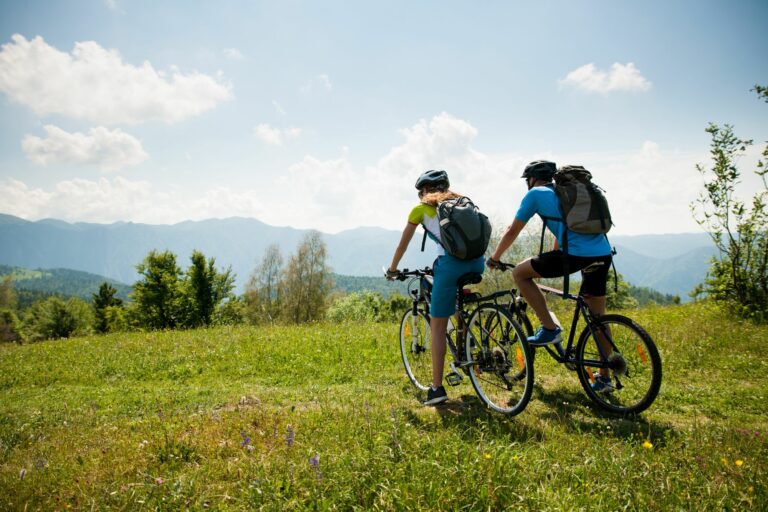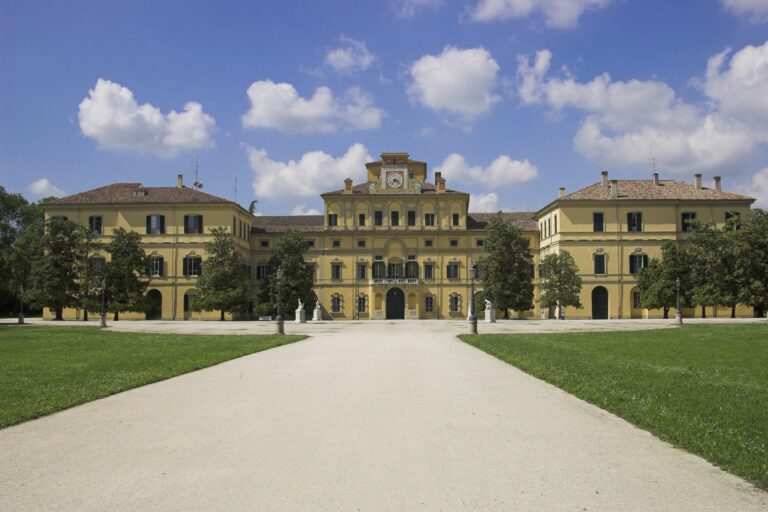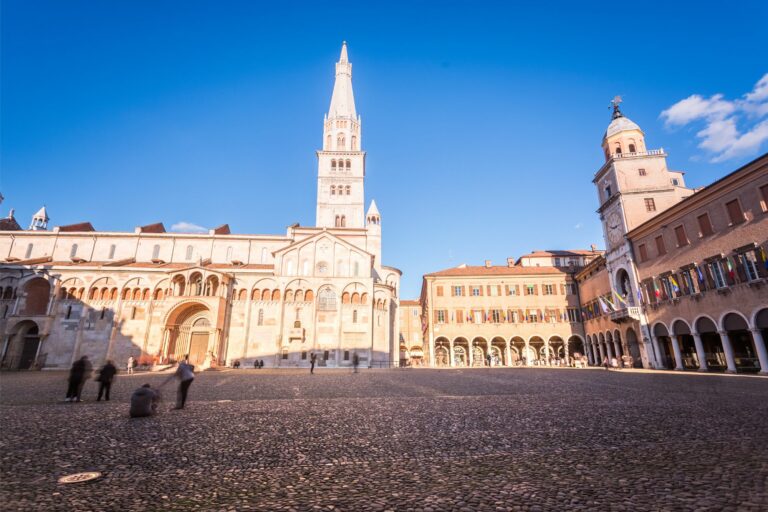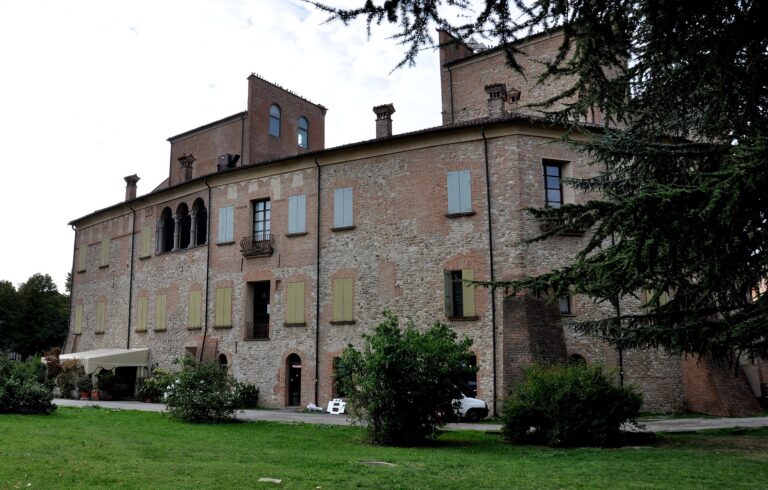For fresh pasta lovers, here is a (tasty) itinerary that will take you to discover some of the delicious creations for which the people of Reggio, Parma and Piacenza are famous. Just one piece of advice: before embarking on this tour, it is best to keep light.
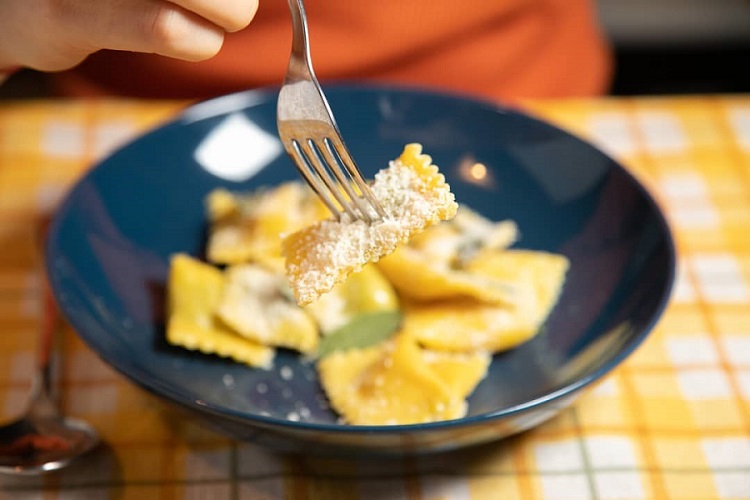
Starting from Reggio Emilia, the first encounter is with the tortelli verdi reggiani. Their filling (or pesto) is made from a mixture of spinach, boiled chard, ricotta, lard, garlic, parsley, nutmeg and the ever-present Parmesan cheese. They are usually seasoned with butter and sage or sautéed and traditionally prepared for Christmas Eve dinner. Dating back to the late Middle Ages, they probably originated in peasant kitchens, given the ease with which the ingredients could be found, even though they were reserved only for Sunday lunches.
The people of Reggio Emilia are also very proud of their recipe for cappelletti, or caplét as they say in dialect. The filling is traditionally made only of beef stew, although over the years this stuffing has been enriched with other types of meat: pork, chicken and mortadella. They are cooked in broth and, in certain areas of the bassa, some people add a drop of Lambrusco wine. It was in the 16th century that the preparation of cappelletti, like most filled pasta, saw its official birth.
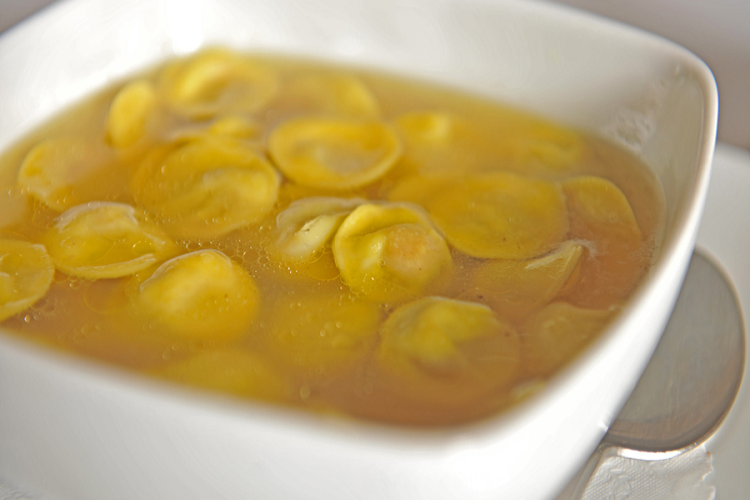
The second stop on the tortello tour is Parma, where anolini, also called anolén (in Parmesan dialect) and cappelletti (although they differ in shape and filling from the cappelletti of Reggio Emilia) are typical. Served with boiling broth, they have the shape of a small disc, which is obtained with a special mould, the bossolo, once made of wood and now made of metal. The filling can be of two types: that of ‘poor’ tradition, based on breadcrumbs blanched in broth and abundant Parmesan cheese; and that of ‘rich’ tradition, to which meat stew is added. They are the traditional opening of Christmas and New Year’s lunches. They appeared in the 12th century but it was not until the 16th century that the dish was reproposed on the tables of kings and popes.
Also in Parma, try tortelli di erbette (tordej d’arbetti). Made with green chard or spinach, ricotta cheese, eggs and Parmesan cheese, they are very similar to the green tortelli from Reggio. They differ from the latter in the proportion of ricotta to chard: in the Parma area, the ricotta must be in favour while in the Reggio Emilia area the chard prevails. They are traditionally eaten on the evening of 23 June, the eve of St John the Baptist. Parmesan tortelli di erbette also date back to the late Middle Ages.
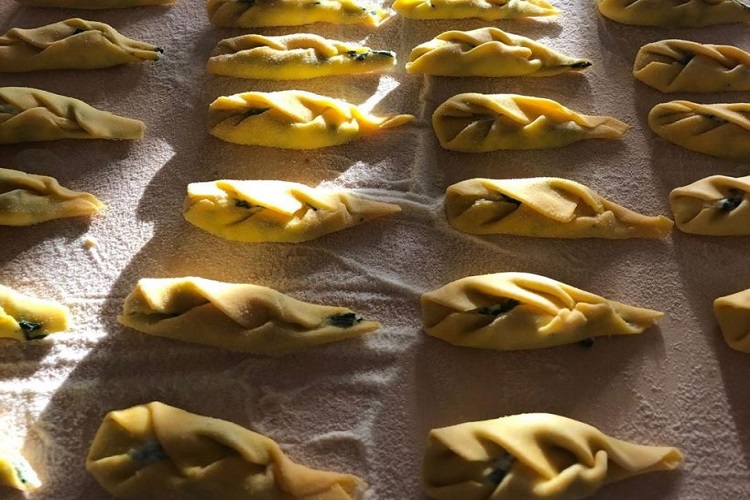
Finally, the last stop is Piacenza. Here you must try the tortelli con la coda (in dialect turteil cun la cuà). They are very similar to other Emilian tortelli, from which they differ in the greater quantity of ricotta and cheese in the filling, the extreme thinness of the pasta and, above all, the two intertwined tails that characterise them visually. They are traditionally served with butter and sage or with mushroom sauce. Their origin dates back to the 14th century, when a cook working at the Visconti court of the Vigolzone Castle made these stuffed pasta dumplings in honour of a very illustrious guest: Francesco Petrarca.
Anolini (called ‘anvein’ in dialect) are also widespread in Piacenza. They are distinguished from other similar products by the presence in the filling of only beef, preferably the underbelly, cooked as ‘stracotto alla piacentina’. They are usually served with broth, known as ‘di terza’ (i.e. made with capon, pork ribs and beef partridge); some people enrich the broth with a little red wine, making ‘surbì’. It is the classic dish eaten at Christmas time or on feast days.
Photo © Travel Emilia Romagna
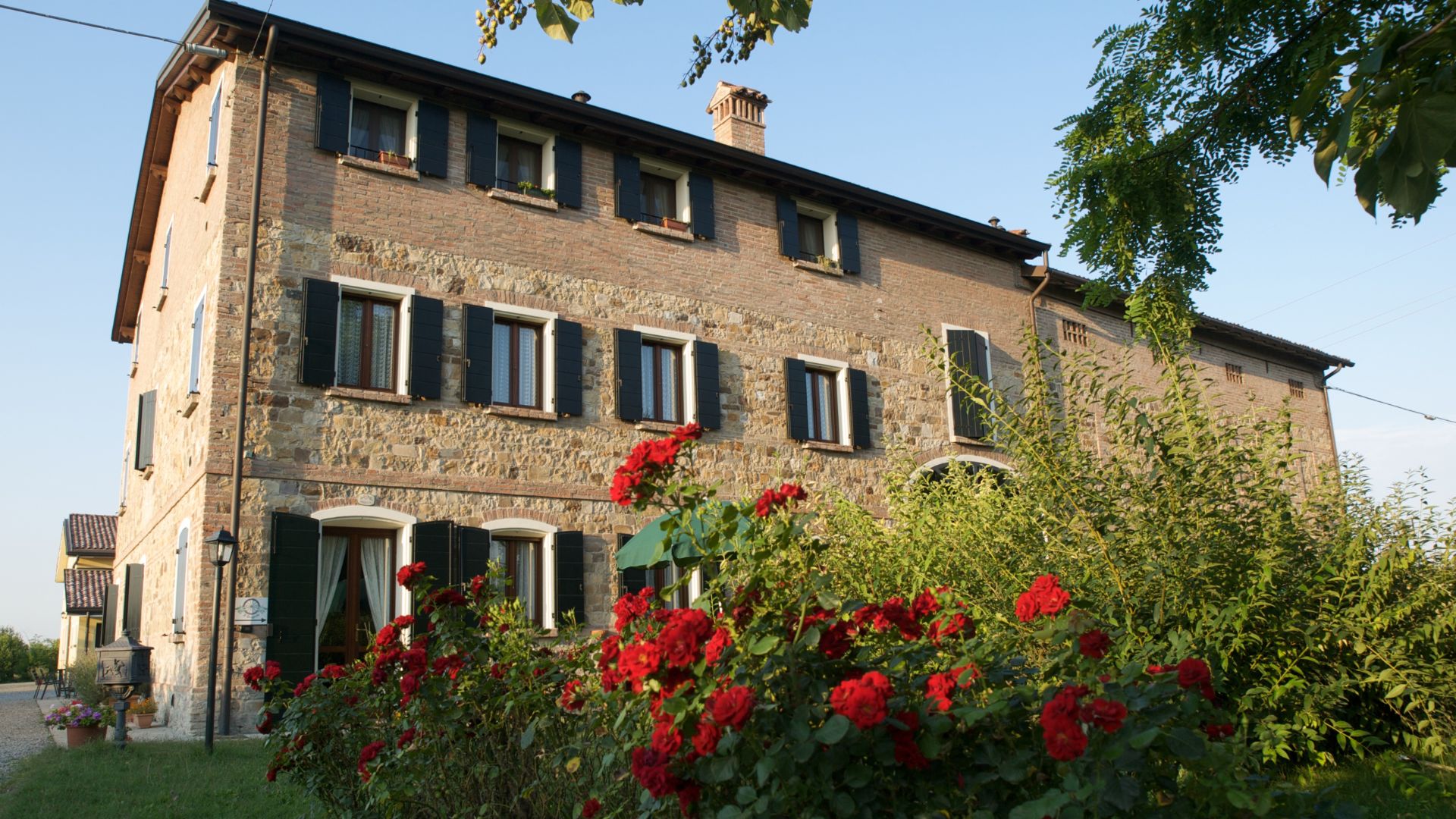
AGRITURISMO IL BRUGNOLO
Welcome to il Brugnolo
If you’re looking for completely independent apartments surrounded by greenery you really are in the right place here!
In fact, Brugnolo is immersed in the green nature of the Emilian countryside. For your relaxation, for that of your children, and again for the runs of your 4-legged friends, you will have 6000 square meters of park at your disposal!

